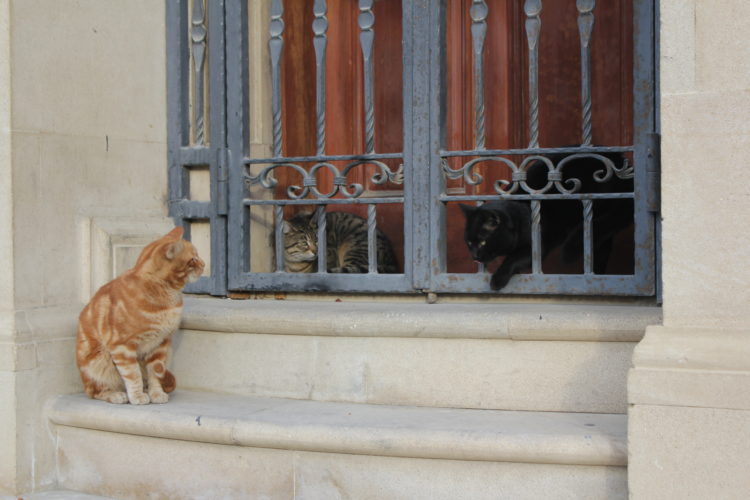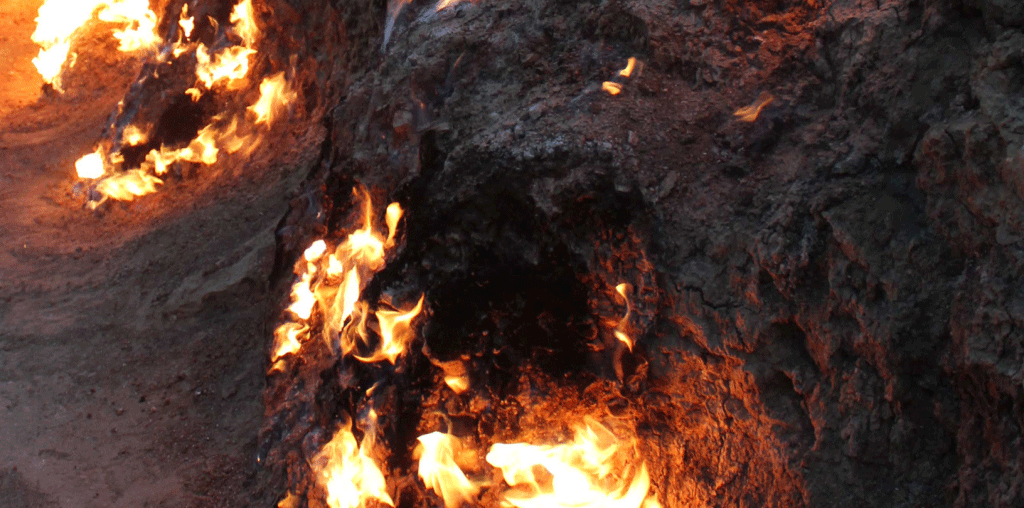
Nature & Geography
Nine out of eleven climate zones are present in the span of The Republic of Azerbaijan and due to this the nature is vastly diverse as well. from the deserts, the Caspian sea and forests to the high mountains where rare species of fauna and flora and natural phenomenons are present on many different parks, reservoirs and other locations in the country. Despite Azerbaijan being considered as a warm country, it actually has two open skiing resorts in the winter in the Caucasian region.
Flora
The territory of the Republic of Azerbaijan has a rich flora. In relatively large area all kinds of plants that are found in the world, were spread in the republic. About 4500 species of higher, spore-bearing flowering plants combined in 125 groups and 920 sorts. For the total number of species of the flora Azerbaijan is richer than any other Caucasus countries.
Fauna
The dispersal of fauna in Azerbaijan is influenced by suitable conditions, change of vegetation, and location of water reservoirs. More than a thousand different species of animal can be found in Azerbaijan. Out of them 618 are vertebrate animal species, including 97 species of mammals. 58 species of animals are reptiles (5 species of poisonous snake), 11 species are amphibians, 357 species are birds, and the rest consist of invertebrate animals. There are also over 12 thousand species of insects.
Relief
There are two main forms of relief in Azerbaijan: mountains and plains. The biggest geomorphological units the Great Caucasus, Lesser Caucasus, Talysh Mountain surround the Kura-Araz lowland from the north, west and south-east areas. The average altitude in Azerbaijan is 657 m. Bazardyuzy is the highest peak from the sea level – 4466 m, the low point is in the Caspian lowlands – (-28 m). Height amplitude reaches 4466 +28 = 4494m.
The relief and climate plays an important role in the formation of Azerbaijan’s top-soil. As a result of the influence of these factors soil on the territory of Azerbaijan Republic are located in the vertical zones. Republican soils are of 25 types, and divided into 60 sub-types.
Physical-geographical areas and regions
Physical-geographical region of the Greater Caucasus:
1. Samur –Devechi region,
2. Gonagkend region,
3. Zagatala -Lahij region,
4. Mountainous Shirvan (Shamakhi) region,
5. Gobustan-Absheron region
For further information about the Azerbaijani Environment please see the links below:
Flora and Fauna. Landscape, Caspian Sea, national parks and Relief:
azerbaijans.com
Mud volcanoes and the science between oil and high pressure:
azer.com
Animals
As Azerbaijan is full of such diversity in climate and habitat, of course it is also diverse in its animal inhabitants. The Country is host to a large amount of wildlife, some of which are somewhat rare in other regions.
Horses – The National Animal of Azerbaijan
The national animal of Azerbaijani is the ‘Red Karabakh Horse’ which is known to only inhabit a couple of Eastern Eurasian countries such as Turkey and Russia. For its rarity and well loved existence, the horse breed was featured heavily in the 2017 Islamic Games as the official mascot.
These horses represent Azerbaijan in terms of the country’s pride and heritage, it is rare, notoriously well tempered and peaceful, and is known for its elegant beauty and intelligence. The horse measures to a medium build with small hooves and a great speed. Unfortunately, this breed of horse is close to extinct in almost every region and therefore the Azerbaijan treasury takes great protection of the animal ensuring that no illegal trade of the animal occurs nor can they be exported without a certain number remaining in Azerbaijan, in the wild and in captivity.
These horses have international recognition for their performance ability, and are particular favourite breed of the UK royal family, having performed in the 2012 Royal Windsor Horse Show as part of the Queens Diamond Jubilee celebrations.

Unique Mammals
Azerbaijan as a country has the largest variety of mammals within Europe. For example, around 25 different species of bat exist in the country. This wildlife is largely found in forest and mountainous environments and is often rare, with unspoilt environment sheltering interesting breeds. Some animals are so rare that declining populations are of great concern.
The ‘Jeyran Gazelle’, for example is known to be one of the rarest breeds of Gazelle and is found in the northern caucus area of Azerbaijan. It is also one of the fastest Gazelle breeds. These mammals are looked after by the Azerbaijan environment and were bread and reintroduced in to the Caucasus region in 2014 to heighten the population overall.
Another unique mammal found in this region is the ‘Caucasus Goat’. Unusually it is found within extremely high-altitude mountainous areas of the region; because it is so cold in this area, and the air is so thin, the goats have adapted to live in a place where none of its natural predators would be able to survive. By evolving to grow thick fur, the cold temperatures are not an issue. ‘Caucasus Mouflon’s’, a type of sheep are also found within the area, like the goats they are also built for rock climbing – although they do not live at such a high altitude – they have been evolved to have strong muscular legs to allow for them to climb to more difficult fields to graze.
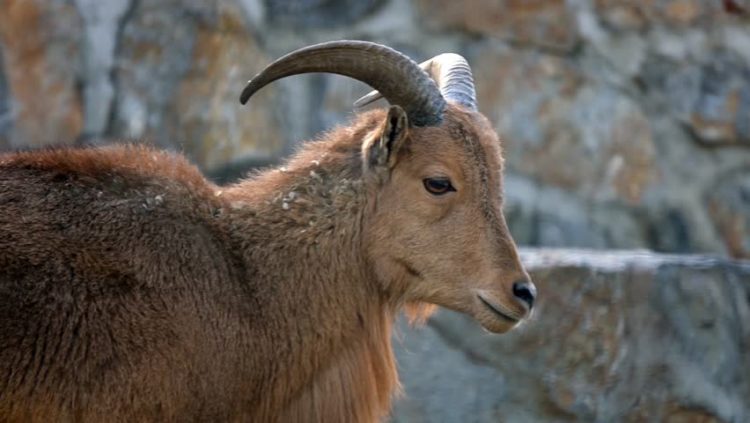
Big Cats
Azerbaijan is also home to a variation of large carnivores which you may not immediately recognise as being indigenous to the majority of European regions close to Europe.
Persian Leopards are indigenous to the Caucus region, with most common sightings in Nakhchivan, they live in warmer climate areas of Azerbaijan, including the southwestern areas of the Talysh Mountains. The Leopard is averagely sized, around 2 1/2 meters long and can have both pale and light colouration. Despite it being illegal in Azerbaijan and surrounding countries to poach this animal they are currently on the list of endangered animals, thought to be for reasons of illegal fur trade as well as destruction of environment. This includes increase in infrastructure and deforestation. Until the 1990’s it was unclear if there were leopards living in Azerbaijan – however since this time camera traps have been set up as a government initiative to count the animals and help preserve the species – signings have since been made in the Talysh Mountain region and Zangezur National Park, as well as a couple of other spots between these areas.
There is a fear within Azerbaijan, that this cat will become extinct in the region, like the Caspian Tiger, over 50 years ago (last seen in 1964), therefore the protection of the Caucasus leopard is so crucial today.
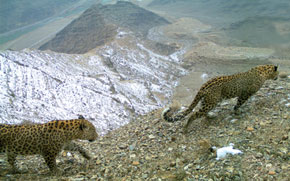
Small Cats
Another carnivore which roams Azerbaijan is a distant and much smaller cousin of the leopard. The Pallas Cat is a wild cat that is the size of a large domestic cat and hunts in the grasslands and mountain steppes of central Asia, including Azerbaijan. Although the cat is not endangered, it is being negatively affected in the wild by habitat degradation. Its distinct features include its black forehead spots, its ochre coat and thick grey fur in the winter. It has large canines and a long body.
Cats have a special place in the hearts of most Azerbaijani’s, with a particular love for the feline. This is not unusual for the muslim demographic of Azerbaijan, as in teachings of the Quran it is noted that the prophet Mohammed loved cats, and there is a widespread thought that cats will seek out those in prayer. As an evolution of this teaching and belief, it is thought to be a sin to mistreat cats – they should be well fed, and granted freedom of movement. You can see this encapsulated in a sculpture in Central Baku named: “Monument to Lovers and Cats”

Fish
Due to vast bodies within Azerbaijan of both fresh and salt water verities there is also a variety of aquatic life throughout the country. There are around 97 different species of fish found within Azerbaijani waters all standing at different levels of importance from rarity, to the importance of the Azerbaijani diet.
Some of the most important species of fish to Azerbaijanis include sturgeons, salmon and beluga which are found in the many rivers and lakes of the Eurasian countries. Other fish such as herring are found within the Caspian Sea and are proved to be important to the Azerbaijani eco system and Azerbaijani fishing industry.
Unfortunately due to pollution within the mid 20th century some fish have become underpopulated which has led to efforts to save certain species. Hatcheries have been opened in Kuragzi, Alibayramli and Kur, in the Shirvan area of Azerbaijan in order to save this particular species from extinction within Azerbaijani waters.
Since their opening over 20 million sturgeon have been produced and 600,000 salmon proving the effectiveness of the fish saving techniques.
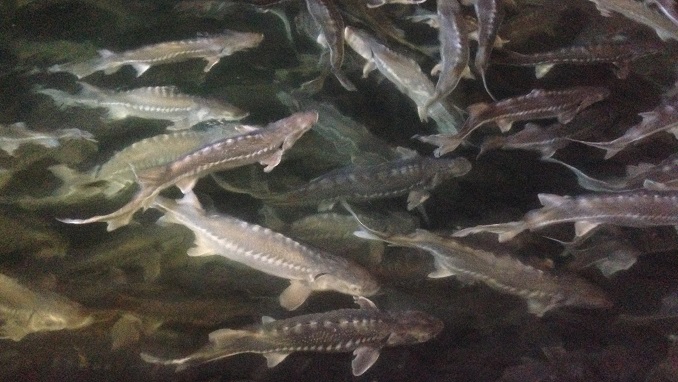
Urban Ecology: Baku
Cats have a high population throughout Azerbaijan’s major cities, including Baku. Many cats are not neutered within Azerbaijan which often means many kittens are born every day within the streets of the cities. These cats, despite being wild, are often friendly and somewhat domesticated due to their food supply and constant association with humans.
IDEA Public Association is at the forefront of caring for the diversity of animals in urban Azerbaijan – with support from Leyla Aliyeva, it is leading on projects to restore the habitats and wildlife numbers within the city and to care for the animals that are already there. Set up by
In Baku a project has been put in place to improve the lifestyle of the street cats, especially in the winter, by installing Cat Houses throughout Baku’s city. with a trail of over 25 houses designed specifically for the pets, where people leave food and water to ensure the welfare for the animals. Most recently 20 red squirrels were released into the new ‘green zone’ of Baku’s cycle park, to re-introduce a depleting population in a new nourishing environment.
